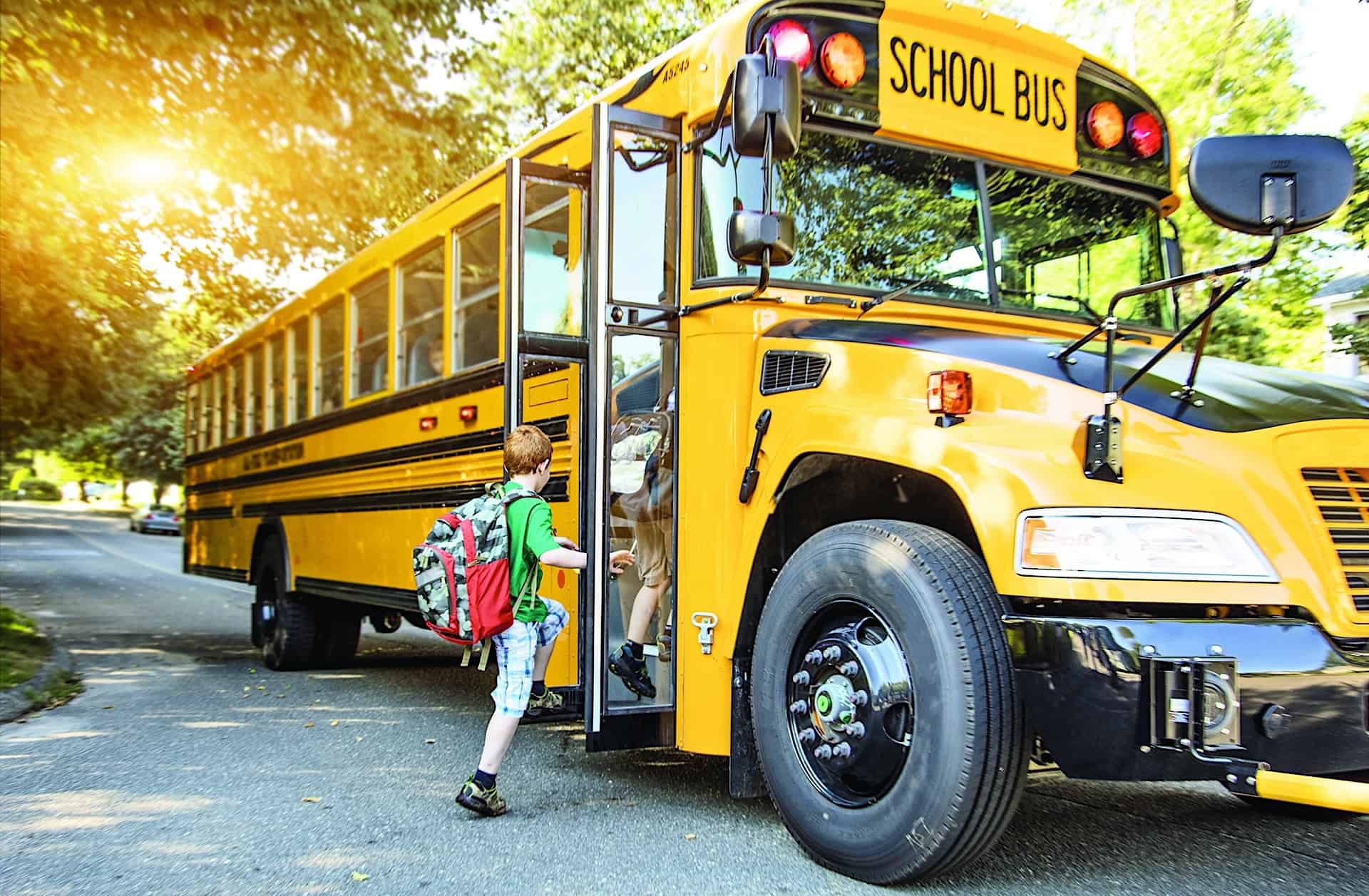As a parent or caregiver, the safety of your child is undoubtedly a top priority. When it comes to school buses, the absence of seat belts may seem counterintuitive and raise concerns. However, there are valid reasons Why Don’t School Buses Have Seat Belts, and understanding these reasons can provide peace of mind regarding the safety of your child’s daily routine.
In this comprehensive guide, we will explore 3 primary reasons Why Don’t School Buses Have Seat Belts, shedding light on the unique safety features and design principles that make these vehicles inherently secure for student transportation.
3 Reasons why School Buses Should not have Seat Belts

No, school buses generally don’t require seat belts. Here’s why:
- Compartmentalization: Strong, closely spaced seats absorb impact in crashes.
- Evacuation challenges: Seat belts might slow down emergency exits.
- Cost and effectiveness: Benefits compared to drawbacks are unclear.
1. Compartmentalization:
School buses are designed with a safety feature called “compartmentalization.” This involves strong, closely spaced seats with energy-absorbing materials. In the event of a crash, the seats themselves are designed to absorb the impact and protect passengers, reducing the need for individual seat belts.
2. Evacuation Challenges:
In an emergency, such as a fire or rollover accident, having seat belts could potentially hinder or delay the evacuation process. Unbuckling and exiting through narrow bus doors could be time-consuming, especially for younger children who might struggle with the buckles.
3. Cost and Effectiveness:
Equipping a large fleet of school buses with seat belts and ensuring their proper use would be a significant financial investment. Additionally, research regarding the effectiveness of seat belts in preventing injuries specifically on school buses is inconclusive, and some studies suggest minimal benefit compared to the potential drawbacks mentioned above.
Also Read: Why is North Face So Expensive
What States Require Seat Belts on School Buses
While the federal government in the United States does not mandate seat belts on school buses, eight states currently have legislation requiring them:
- Arkansas (with funding and local approval)
- California
- Florida (with funding and local approval)
- Louisiana (with funding and local approval)
- Nevada (new buses only)
- New Jersey
- New York
- Texas (with funding and local approval)
It’s important to note that specific regulations and requirements within these states may vary.
Why Don’t School Buses Have Seat Belts in Canada?

Canadian school buses generally lack seat belts due to:
- Compartmentalization: Strong, spaced seats absorb crash impact.
- Evacuation concerns: Seat belts might slow emergency exits.
- Cost-benefit analysis: Unclear if seat belts offer significant safety gains compared to costs.
School bus safety relies on:
- Strong, spaced seats for impact absorption.
- Rollover protection due to a higher center of gravity.
- Highly trained drivers ensure safe student transportation.
Do School Buses in B.C. have Seat Belts?
No, school buses in B.C. do not currently have seat belts.
Canada, including B.C., prioritizes alternative safety measures like:
- Compartmentalized seating: Strong, spaced seats absorbing impact.
- Rollover protection: A higher center of gravity reduces rollover risk.
- Trained drivers: Ensuring safe student transportation.
Seat Belts on School Buses Pros and Cons
| Pros of Seat Belts on School Buses | Cons of Seat Belts on School Buses |
|---|---|
| Keeps students restrained in their seats during a crash or sudden stop, potentially preventing injuries. | Requires modifications to existing school bus interiors to install seat belts, which can be costly. |
| Reinforces the importance of wearing seat belts and builds a habit from a young age. | Potential for misuse or improper wearing of seat belts by students, reducing their effectiveness. |
| Provides an additional layer of protection in side-impact, rollover or other crashes where compartmentalization may not be as effective. | Provides an additional layer of protection in side-impact, rollover, or other crashes where compartmentalization may not be as effective. |
| Aligns with standard safety practices used in passenger vehicles where seat belt use is mandated. | Can impede quick evacuation from the bus in an emergency if students get stuck in belts. |
| Modernizes school bus safety in line with advances in other vehicle safety standards. | Potential for increased disruptive behavior by students if seat belts give a false sense of ability to move around the bus. |
Why do American school buses not have seat belts? The design uses compartmentalization with high-backed, padded seats to absorb impact instead of seat belts. Cost and avoiding misuse are also factors.
Do school buses in Canada have seat belts? No, most school buses in Canada do not have seat belts installed. The compartmentalization design is widely used across North America.
Do school buses have seat belts UK? Yes, seat belts have been required on all new school buses in the UK since 2001 to comply with updated safety regulations.
Are lap belts safe? Lap belts alone are considered less safe than 3-point lap/shoulder belts, as they don’t prevent upper body movement that can lead to head/neck injuries.
Final Words
While the absence of seat belts in school buses may seem counterintuitive at first, the reasons outlined in this guide highlight the unique safety features and design principles that make these vehicles inherently secure for student transportation.
The concept of compartmentalization, the potential risks associated with seat belt implementation, and the cost and logistical considerations all contribute to the decision not to require seat belts in school buses.
It is crucial to remember that there are many different aspects to school bus safety, and many precautions are taken to guarantee students’ safety on their everyday trips. These include following tight maintenance guidelines, receiving intense driving training, and abiding by safety rules.
Knowing the reasoning behind the lack of seat belts on school buses helps reassure parents and caregivers and boost their trust in the safety protocols that school districts and transportation companies have put in place.

